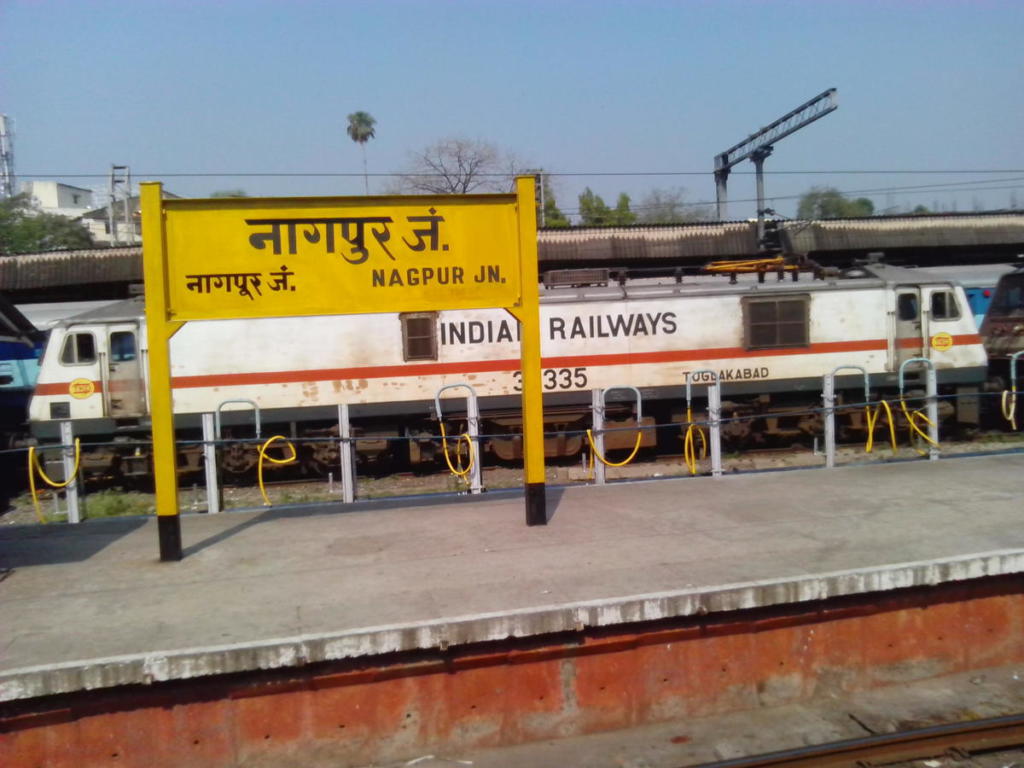Nagpur is all set to become the first Indian city to treat and reuse 91 percent of sewage water generated from the city. Nagpur Municipal Corporation (NMC) will treat and reuse 480 million litres per day (MLD) out of 525 MLD generated in the city. The National Thermal Power Station (NTPC) has agreed to purchase 150 MLD, almost one-third of the total treated water, told NMC executive engineer Aniruddha Chauganjkar and deputy engineer Rajesh Dupare. “NMC has received a letter from NTPC in this regard. NTPC will use treated sewage at its Mouda thermal power station. Now, a meeting will be organized with NTPC to decide the rate for supply of treated sewage. It will be followed by MoU between NMC and NTPC,” the engineers of NMC said to Times of India.
Another organization which intends to procure water from sewage treatment plants (STPs) of Nagpur Municipal Corporation is Maharashtra State Power Generation Company Limited (Mahagenco). The state government operated power generation company will purchase 190 million litres per day for its thermal power stations at Koradi and Khaparkheda. “NMC was the first to treat and reuse 130 MLD sewage three years ago. All this could happen since thermal power stations are situated near the city. Also, the central and state government made it mandatory for thermal power stations and industrial units to buy treated sewage from urban local bodies situated within a radius of 50 km,” said an official.
The city will treat 100 percent of its sewage. The NMC and Nagpur Improvement Trust (NIT) has already planned 72 MLD sewage treatment plant. The sewage treatment will enormously help to bring down the pollution level in the rivers of the city. The three main rivers of the city – Nag, Pili, and Pora will be clean very soon and two other rivers (Kanhan and Wainganga) where the flow has almost stopped due to pollution will get lifeline very soon.
Water management in the country is very bad with most of the state having almost zero investment in it. According to NITI Aayog, “India is suffering from the worst water crisis in its history and millions of lives and livelihoods are under threat. Currently, 600 million Indians face high to extreme water stress and about two lakh people die every year due to inadequate access to safe water. It is estimated the crisis is going to get worse by 2030 when India’s water demand is projected to be twice the available supply.”
India receives high rainfall in comparison to other countries like Israel, South Korea etc. but water management is overall very poor in India. Countries like Israel which receive very little rainfall never face water scarcity thanks to their superb water management techniques. Water management technology is so developed in Israel that they are able to convert the salty sea water into drinking water. A few months back NITI Aayog, the premier government policy think tank ranked all states on the composite water management index comprising of nine parameters and 28 indicators, which includes various aspects of groundwater, restoration of water bodies, irrigation, farm practices, drinking water, policy, and governance. Gujarat was ranked best state in water management while Madhya Pradesh was second Jharkhand, Haryana, Uttar Pradesh, and Bihar were among worst performers.
The work by Nagpur Municipal Corporation will set an example for other cities to improve water management. The experience of Nagpur will also provide the blueprint for them to move forward in sewage water treatment and its optimal use.
